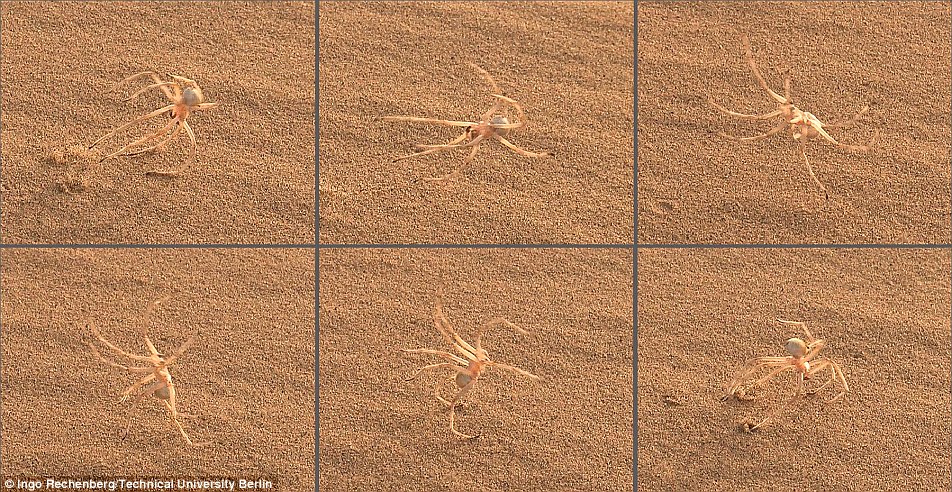
Over the years, Germany’s Festo has engineered some incredibly cool and functional bio-inspired robots, including ones that mimic ants, butterflies, flying jellyfish, and seagulls. On March 27, the electrical automation company added to the impressive list with two new creations — a realistic flying fox bat and a somersaulting robotic spider.
Also known as fruit bats, flying foxes are members of the bat family, the only group of mammals capable of sustained flight. Unlike birds, bats do not have feathers. Instead, the nocturnal animals possess a delicate elastic flying membrane that stretches all the way from their extended metacarpal and finger bones to the foot joints. This enables the bats to control the curvature of their wings with their fingers and achieve maximum uplift, even when moving around slowly.

Festo’s Bionic Flying Fox, which weighs just 580 grams (20 ounces) and boasts a wingspan of almost 90 inches (228 cm), is fitted with a motion-tracking device that monitors its location and progress at all times. Two infrared ground cameras track the lights on its legs and wing tips, enabling the company to observe the bat in flight and find ways to optimize its mobility.
The most significant challenge, of course, was recreating the bat’s aerodynamic wings. Controlled by two small motors, they comprise a primary and secondary section that imitate a fruit bat’s movements as closely as possible. “The model’s flying membrane is wafer-thin and ultralight whilst also robust,” said Festo. “It consists of two airtight films and a knitted elastane fabric, which are welded together at approximately 45,000 points. Due to its elasticity, it stays almost uncreased, even when the wings are retracted. The fabric’s honeycomb structure prevents small cracks in the flying membrane from getting bigger. This means that the Bionic Flying Fox can continue flying even if the fabric sustains minor damage.”

If you are afraid of spiders, you may want to skip this section. That’s because Festo’s second robot, dubbed Bionic Wheel Bot, is inspired by the flic-flac spider that dwells in the dunes of Morocco’s Erg Chebbi desert. In addition to walking, the recently-discovered arachnid can propel into the air with a combined sequence of somersaulting and rolling on the ground. The two modes of movement come in handy in the desert’s uneven terrain. When the landscape is flat, the flic-flac uses its rolling skills to scurry along. When faced with uneven ground, the arachnid uses its eight legs to navigate through the sand.

According to Festo’s website, “In order to start rolling, the Bionic Wheel Bot bends three legs each on the left and right of its body to make a wheel. Two legs folded up whilst walking then extend, push the rolled-up spider off the ground, and continuously push it forward whilst rolling. This prevents the Bionic Wheel Bot from grinding to a halt and ensures that it can move itself forward even on rough terrain. In rolling mode, the artificial spider – like its natural role model – is much faster than when walking. At the same time, the robot can even overcome inclines of up to five percent uphill.”
In addition to being fun, the bio-inspired robots serve a practical purpose. They help Festo test technology for real-life issues like navigating through complex situations such as crossing rocky terrain, or learn efficient flight paths and experiment with new forms of movement.
